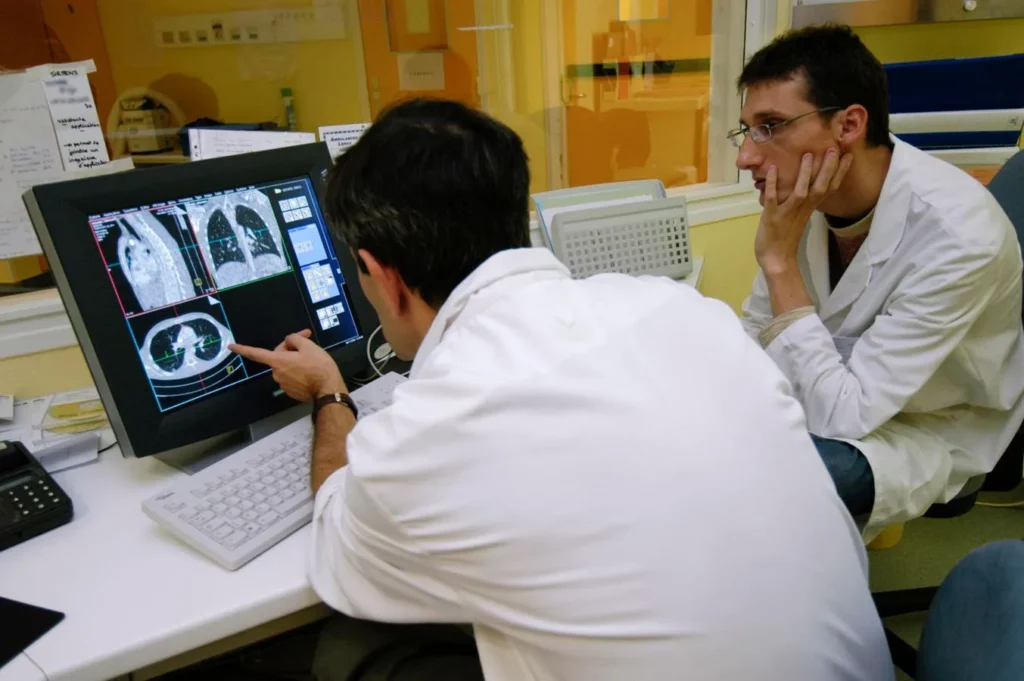
CT Scans and Possible Rising Cancers: A Closer Look
A recent study published in JAMA Internal Medicine has raised concerns about the potential risks of CT scans and their possible link to rising cancer cases. According to the study, it is estimated that 103,000 future cancers could result from 93 million scans performed in 2023 alone, accounting for a staggering 5% of all new cancer diagnoses.
However, it’s essential to take a closer look at these findings and understand the limitations of the study. While CT scans do use ionizing radiation, which is known to be a risk factor for various cancers, it’s crucial to note that this association has not been proven in real-life patient outcomes.
In other words, there are no published peer-reviewed studies that directly link CT scans to cancer incidence. The theoretical risks posed by these scans are based on statistical models, not actual clinical data.
It’s true that radiation exposure can damage DNA and increase one’s cumulative risk for cancer if multiple scans are received throughout life. However, the amount of radiation from a single CT scan is extremely low – comparable to the natural background radiation we receive in our environment over three years.
For instance, a CT scan of the abdomen and pelvis delivers a dose of 10 mSv, which is an incredibly small dose considering the benefits that these examinations provide. They have been shown to reduce hospital stays, invasive procedures, and diagnose internal injuries, guiding biopsies and monitoring disease progression. In emergency situations, such as stroke cases, CT scans can be lifesaving.
In addition, modern CT technology has significantly improved in recent years. New machines are capable of using lower doses of radiation, and specialized low-dose techniques are being developed for specific screening studies like lung cancer detection.
The benefits of CT scans should not be understated. They have been instrumental in detecting cancers early on, reducing mortality rates, and improving patient outcomes. It’s essential to maintain a balanced perspective and consider both the risks and benefits when discussing these imaging modalities.
Physicians and patients must continue to engage in open conversations about the trade-offs involved with imaging studies. If alternative options are available that can answer clinical questions without exposing patients to ionizing radiation, they should be explored.
As the American College of Radiology has emphasized, “Americans should not forgo necessary, life-saving medical imaging and instead discuss the benefits and risks of these exams with their healthcare providers.”
Source: https://www.forbes.com/sites/omerawan/2025/04/19/ct-scans-and-possible-rising-cancersa-closer-look/


